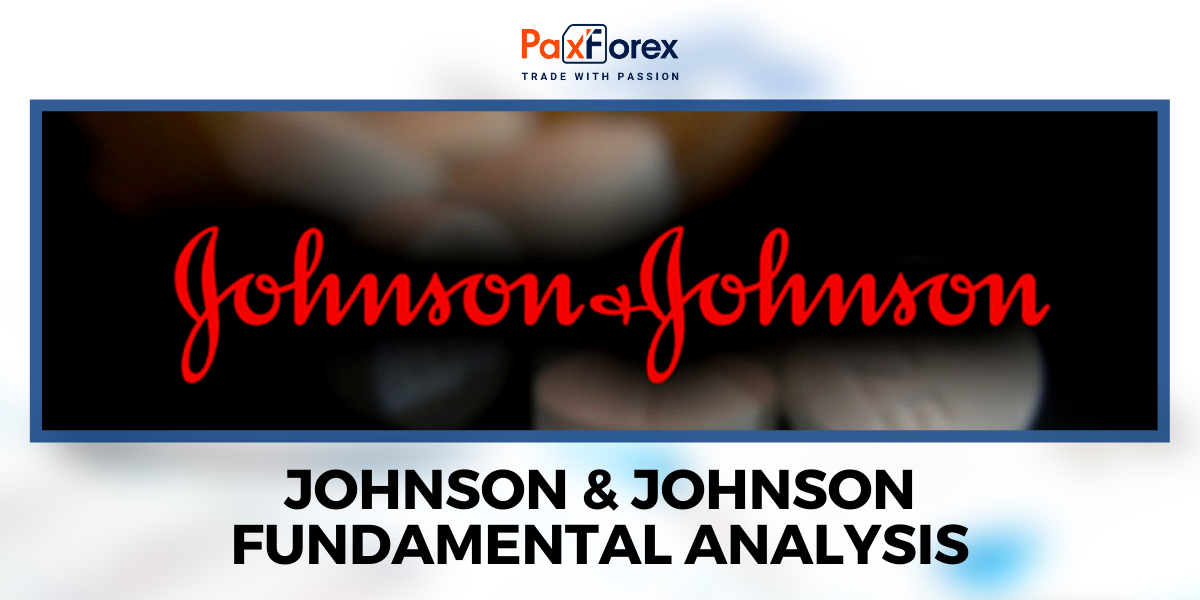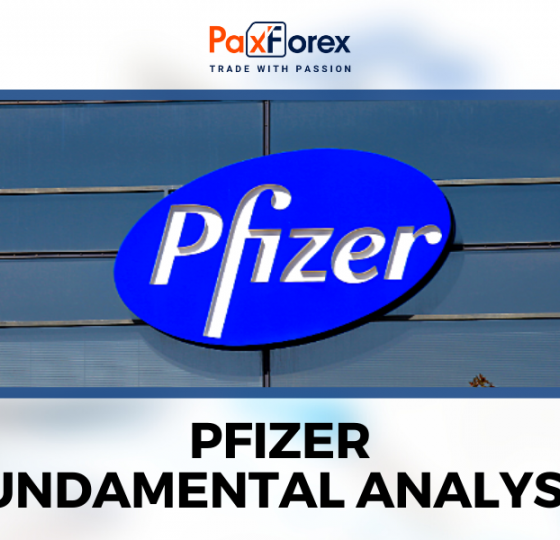
Source: PaxForex Premium Analytics Portal, Fundamental Insight
Johnson & Johnson, a major player in the global healthcare industry, boasts a notable history of innovation, robust financial performance, and strong stock market results. However, recent challenges have raised concerns about its ability to maintain past successes.
One significant challenge is the Inflation Reduction Act (IRA), a new US law that allows Medicare to negotiate prices for certain pharmaceutical drugs. The initial round of negotiations is complete, and the effects on Johnson & Johnson’s medications are becoming evident.
The IRA targets drugs with substantial Medicare expenditures. Among the first ten medications selected for price negotiations are Johnson & Johnson’s blood thinner Xarelto, immunosuppressant Stelara, and cancer drug Imbruvica. Johnson & Johnson co-markets Xarelto with Bayer and Imbruvica with AbbVie. The IRA is set to impose significant price reductions: Xarelto’s price will drop by 62% to $197, Imbruvica’s will be reduced by 38% to $9,139, and Stelara’s will decrease by 66% to $4,695. Johnson & Johnson, being the only company with multiple drugs on this list, will experience a notable impact compared to peers.
These adjusted prices will take effect in 2026. In the second quarter of 2024, Xarelto, Stelara, and Imbruvica together accounted for 19% of Johnson & Johnson’s total revenue. Among these, only Stelara saw a revenue increase year-over-year, generating $2.9 billion, which is 3.1% higher than the previous year. Conversely, Imbruvica’s revenue fell to $770 million, down 8.5% from the prior year, while Xarelto’s revenue dropped to $587 million, a 7.9% decline. Xarelto’s decline was attributed to an unfavorable patient mix, and Imbruvica’s decline was attributed to increased competition.
Both Xarelto and Imbruvica had also experienced revenue declines in previous years, with Xarelto’s revenue growing by only 1.4% in 2022. If these trends persist, these drugs may contribute even less to Johnson & Johnson’s revenue by the time the new pricing takes effect. Stelara, which has consistently contributed to revenue growth, may face biosimilar competition in the US as early as next year.
Given these challenges, the drugs affected by the IRA do not align with Johnson & Johnson’s long-term strategic goals. While the initial round of IRA negotiations may be manageable, future rounds, which will target up to 30 additional drugs, could pose further risks.
Johnson & Johnson may explore several strategies to mitigate the impact of the IRA. Redirecting research and development efforts towards therapies less likely to be targeted by Medicare price negotiations - such as those for rare or pediatric conditions - could be a viable approach. Additionally, increased focus on the medtech segment could provide new opportunities.
Despite the current challenges, Johnson & Johnson's long history of adapting to regulatory changes suggests it is well-positioned to navigate the IRA's impact. The company has a proven track record of over 100 years and continues to be a reliable choice for dividend investors, having increased its dividend payouts for 62 consecutive years. This longstanding commitment to dividends reinforces confidence in the company's ability to deliver consistent results and maintain its dividend growth.
As long as the price is above 157.00, follow the recommendations below:
- Time frame: D1
- Recommendation: long position
- Entry point: 162.87
- Take Profit 1: 167.00
- Take Profit 2: 172.00
Alternative scenario:
If the level of 157.00 is broken-down, follow the recommendations below:
- Time frame: D1
- Recommendation: short position
- Entry point: 157.00
- Take Profit 1: 154.00
- Take-profit 2: 150.00













